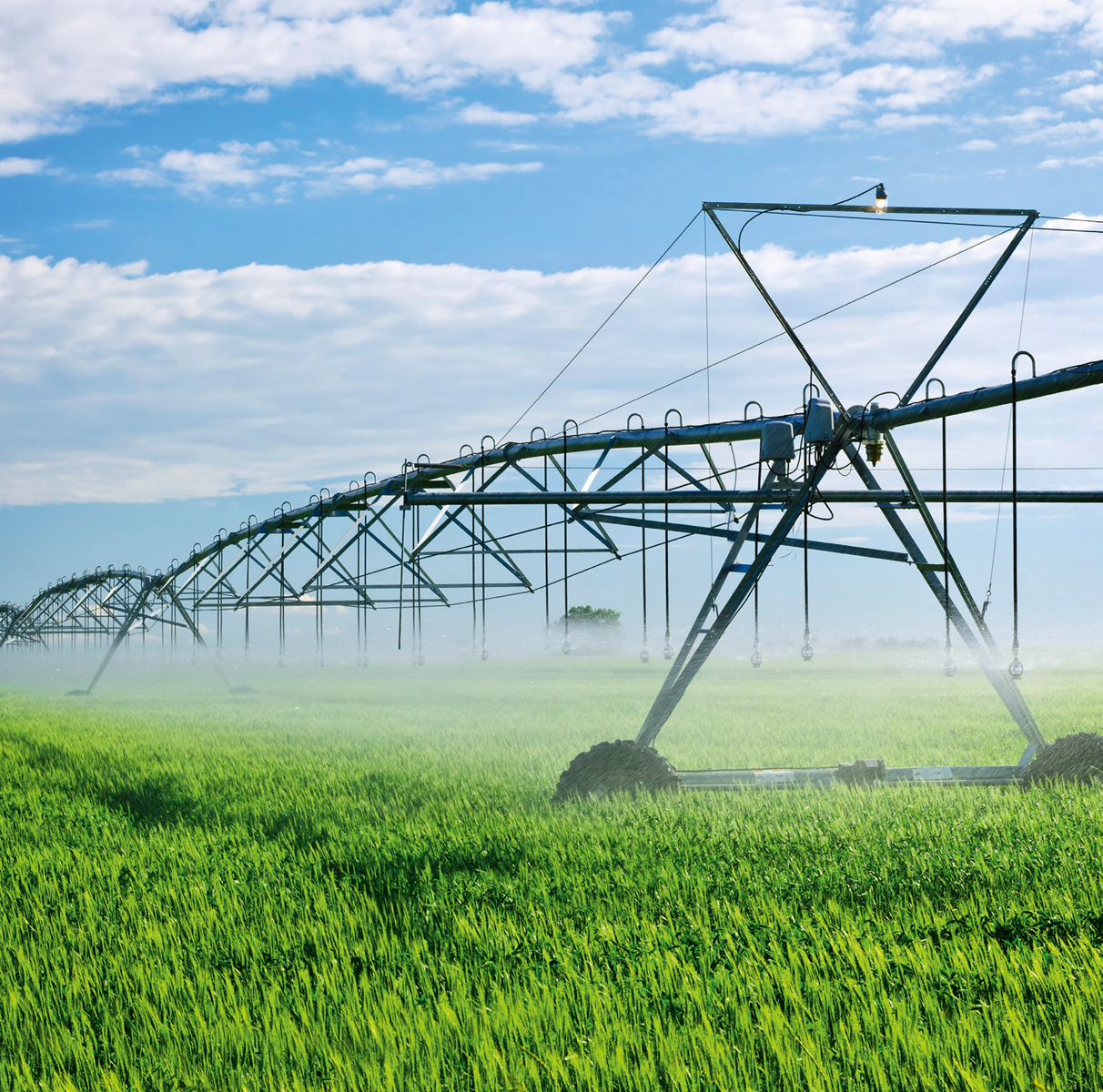
Working underground and heavenly efficient: Well pumps from KSB
“One man's pleasure is another man’s pain” – this also applies to the weather. While some of us are basking in the sun, others, such as farmers, are looking at the sky with concern, hoping for rain. As a matter of fact, the past two decades have seen the ten hottest years since weather started to be recorded worldwide 150 years ago. 2020, too, is predicted to be dry as a bone. But how will potatoes, wheat & Co. obtain the vital liquid, if it is not coming from above?
“One man's pleasure is another man’s pain” – this also applies to the weather. While some of us are basking in the sun, others, such as farmers, are looking at the sky with concern, hoping for rain. As a matter of fact, the past two decades have seen the ten hottest years since weather started to be recorded worldwide 150 years ago. 2020, too, is predicted to be dry as a bone. But how will potatoes, wheat & Co. obtain the vital liquid, if it is not coming from above?
The answer is: from below or to be more specific: from wells leading to the groundwater. In such deep sumps special well pumps are working tirelessly. They tap into the groundwater and pump it to the surface, where it is used for irrigating fields, for example. With increasing aridity and population growth this type of water extraction is clearly continuing to gain in significance. KSB as one of the leading manufacturers of powerful well pumps, efficient motors and matching valves, is a reliable expert in this field, positioned on safe terrain worldwide.
KSB has been deeply rooted in water engineering for many years.
Well pumps for water extraction have to be specially designed to provide many years of service underground. The wells are often only a few inches wide, which is why mainly submersible borehole pumps are used. They have a slim build and a (often multistage) hydraulic system coupled with a wet submersible motor. The complete pump set can be submerged in the groundwater.
This poses particular challenges: Once the pumps have been lowered into the well, they are difficult to access from the outside for any servicing or inspection work. Next to their efficiency, key features of well pumps are being maintenance-free, durable and corrosion-resistant.
KSB meets these challenges with uncompromising strength: The pumps are manufactured in different material variants depending on the application they will be used for; each pump can be individually adjusted to the specific requirements at the site. This is how KSB produces pumps with an outstanding service life, excellent efficiencies and, with that, low energy and life cycle costs.
The youngest in KSB’s well pump family:
With UPA S 200 KSB has extended its submersible borehole pump portfolio by a highly efficient 8-inch model. It is suitable for use in water extraction, irrigation, groundwater management and pressure boosting. The 8-inch pump will initially be launched on the market in four different hydraulic system sizes. Its optimum flow rates range between 40 and 160 cubic metres per hour; its maximum head is 400 metres.
UPA S 200 is an all-round high performer: For the highest of efficiencies all its cast components are made of high-quality investment cast stainless steel. Its wear-resistant design with metal casing wear rings and bearings made of silicon carbide keep energy consumption down for many years, even if large amounts of sand are contained in the water.
Thriftiness is another one of its virtues. The optimised hydraulic system achieves high efficiency levels. Combining the pump with the high-efficiency UMA-S synchronous motor and a variable speed system further lowers the energy costs considerably. For fixed speed operation, the impeller diameter is trimmed with millimetric precision to adjust characteristic curves individually to the demand and prevent excessive energy consumption.
It is a neat thing that the submersible pump fulfils the requirements of the German Environment Agency and is also certified for use with drinking water applications to ACS (French drinking water regulations).
Would you like to find out more about the new UPA S 200? Feel free to contact us any time.
UPA well pumps